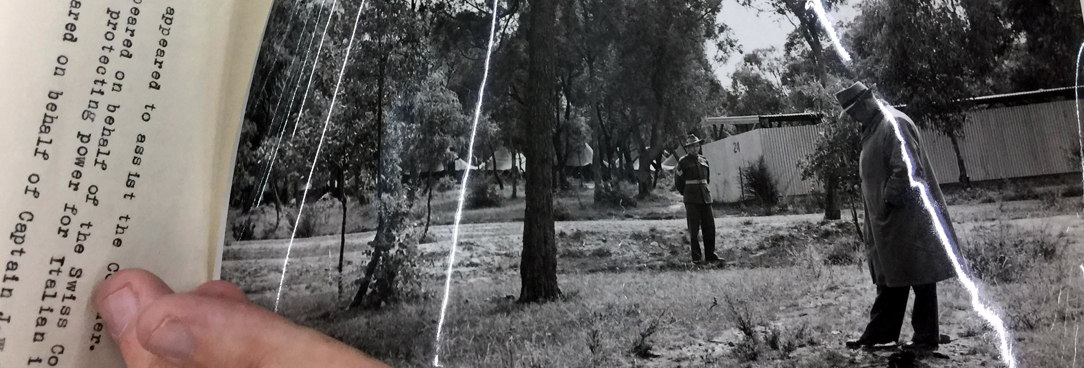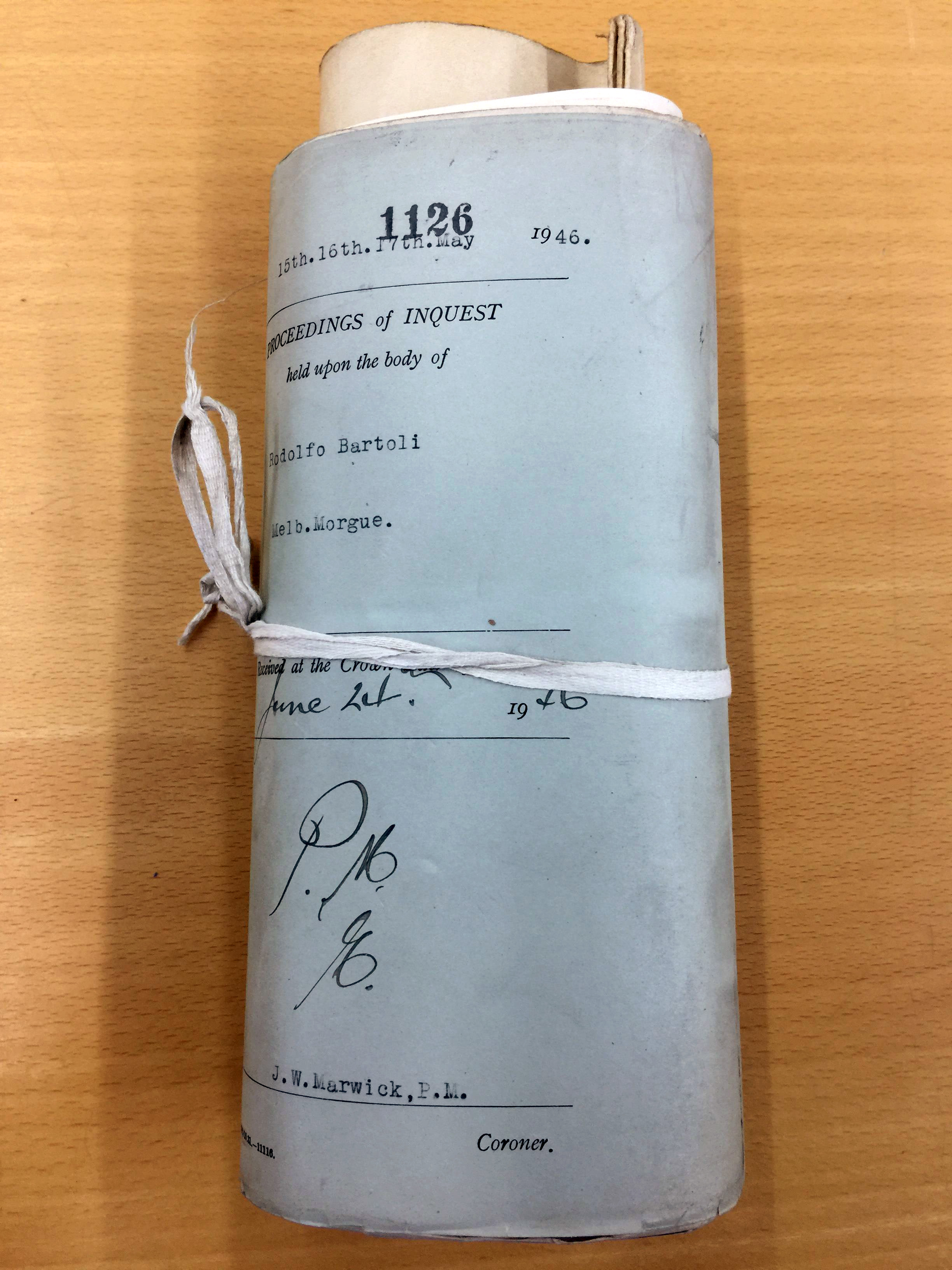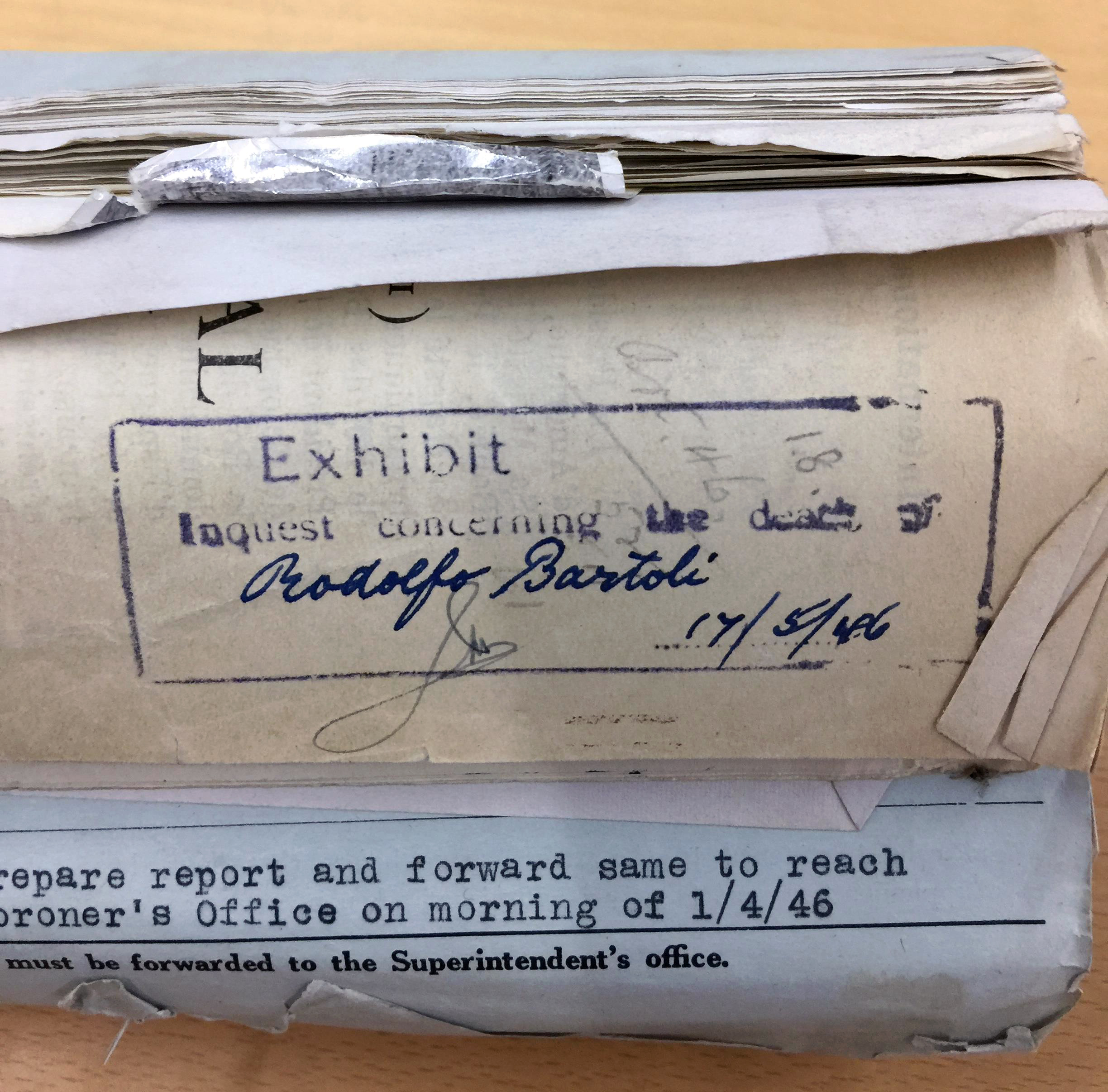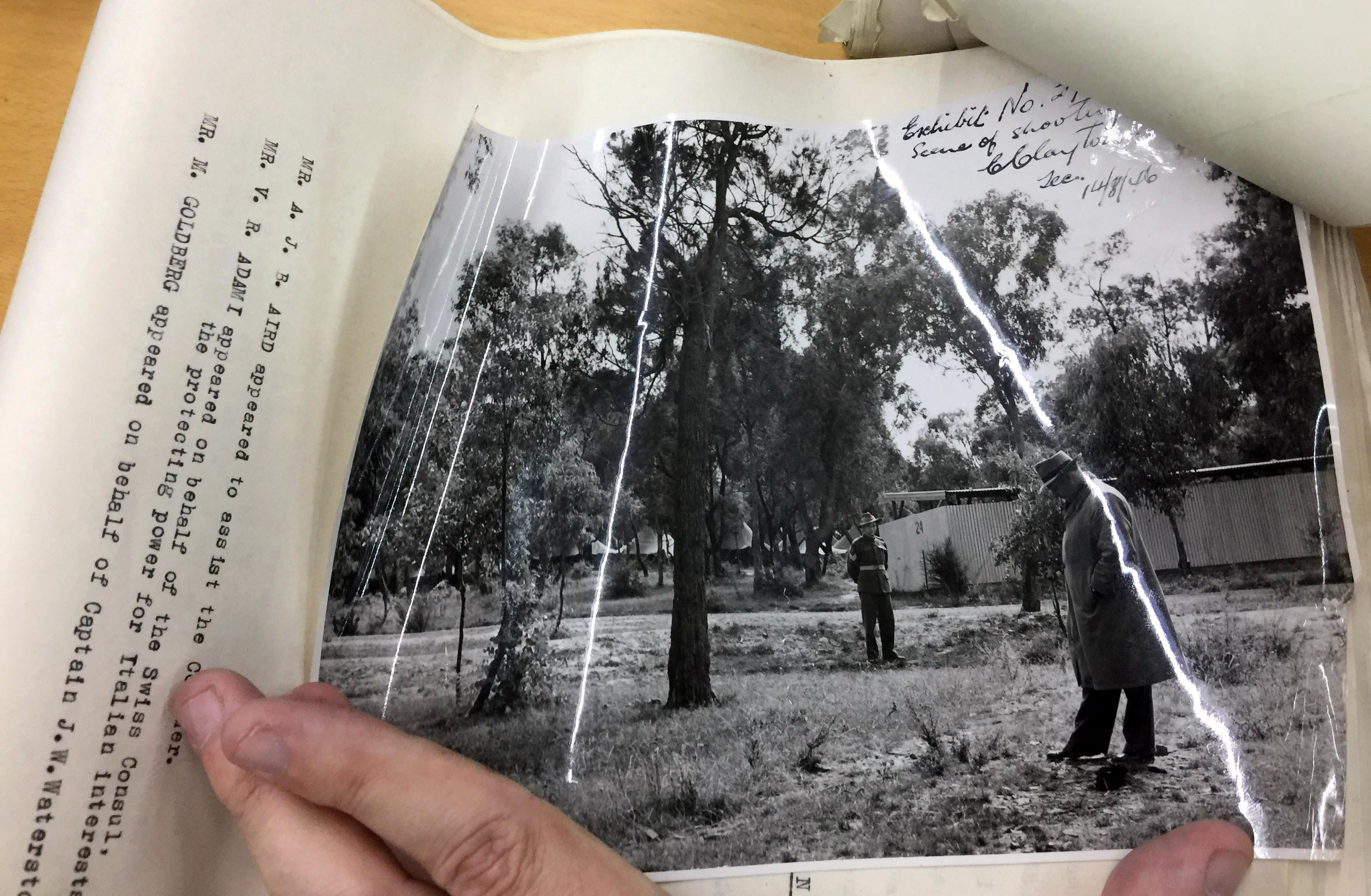Author: Darren Arnott
Researcher and writer currently completing the 2018 'Finish Your Book' course with Hazel Edwards at the Victorian Archives Centre.
I am researching the circumstances around the fatal shooting of a young Italian Prisoner of War at the Rowville internment camp during World War 2. Rodolfo Bartoli was a long-term internee at Rowville. He was shot and killed by the camp Commandant early one Saturday evening in 1946 while allegedly trying to escape.
The missing inquest exhibit
I have been fortunate to be able to access and view copies of correspondence, inquest documents, court case transcripts and court exhibits related to the camp through the National Archives of Australia. The main inquiry into the shooting and the alleged mistreatment of prisoners spanned a period of three months in 1946. The 106 witnesses heard at Justice Simpson’s inquiry included Italian prisoners, military personnel, police and local farmers. Many of the witness statements about the shooting which were recorded in the inquiry transcripts pivoted around a key piece of evidence, exhibit 27. This was a photograph of the scene of the shooting. The inquiry used this photograph as a main exhibit and a reference point for witnesses to indicate where they were at the time of the shooting and the directions in which people were walking. Unfortunately, this exhibit was missing, and I have been searching for a copy for several years.
Another copy within the PROV collection
While searching the Public Record Office Victoria website, I found that there was another copy of the Coroner’s inquiry into the shooting. The National Archives' collection contained multiple copies of the Coroner’s inquiry transcript and report. Even though I had read all of them, I decided to arrange to view the newly discovered copy held by the Public Record Office in North Melbourne.
I was presented with a tightly bound document which looked as if it hadn’t been opened since it had been put away in 1946. As I untied the documents and carefully unrolled them, I could see the edges of a photograph. I immediately knew what it was.
Rolled up in the bundle of documents was a copy of exhibit 27, the photograph I'd been searching for, showing a police detective standing where Rodolfo had fallen after being shot. Being able to see two of the witnesses from Justice Simpson’s inquiry standing near the features described by both prisoners and military personnel brought the story to life.
The file also contained the original handwritten statement given to police by Captain Waterston who had fired the fatal shot in controversial circumstances. After seeing numerous prisoners sneaking food from the storeroom and garden patch he surmised that there may be an escape planned.
"...On this evening I placed two guards in Studd Road to watch for prisoners escaping and any suspicious cars. Sergt Major McDougall and I proceeded to the south side of the camp and we parted and patrolled in that area. Sergt Major McDougall had a pistol and I had a .303 rifle. About 7pm I was south east of the camp boundary about 150 yards outside it and I saw a prisoner which later turned out to be Bartoli, he was standing on the camp side of the road. He stood there for a while and was looking in all directions as if ascertaining if he was being observed. He suddenly crossed the road and started to run towards a fence and running at an angle which meant if he took a straight course would have passed about 30 yards from me.
I called out 'stop' and without looking towards me he altered his course and turned going south west. I fired a shot well into the air over his head and I ran along parallel with the fence and I could see that he was making for the scrub and I fired in the direction of his feet level and about a yard in front of him. When I fired the prisoner fell. I ran up to him not thinking that he had been shot and discovered that he had been."
Had I not searched Public Record Office Victoria's collection for the Coroner’s report, I would not have found the original copy from the Coroner, the written statement and missing photograph.
Material in the Public Record Office Victoria archival collection contains words and descriptions that reflect attitudes and government policies at different times which may be insensitive and upsetting
Aboriginal and Torres Strait Islander Peoples should be aware the collection and website may contain images, voices and names of deceased persons.
PROV provides advice to researchers wishing to access, publish or re-use records about Aboriginal Peoples



